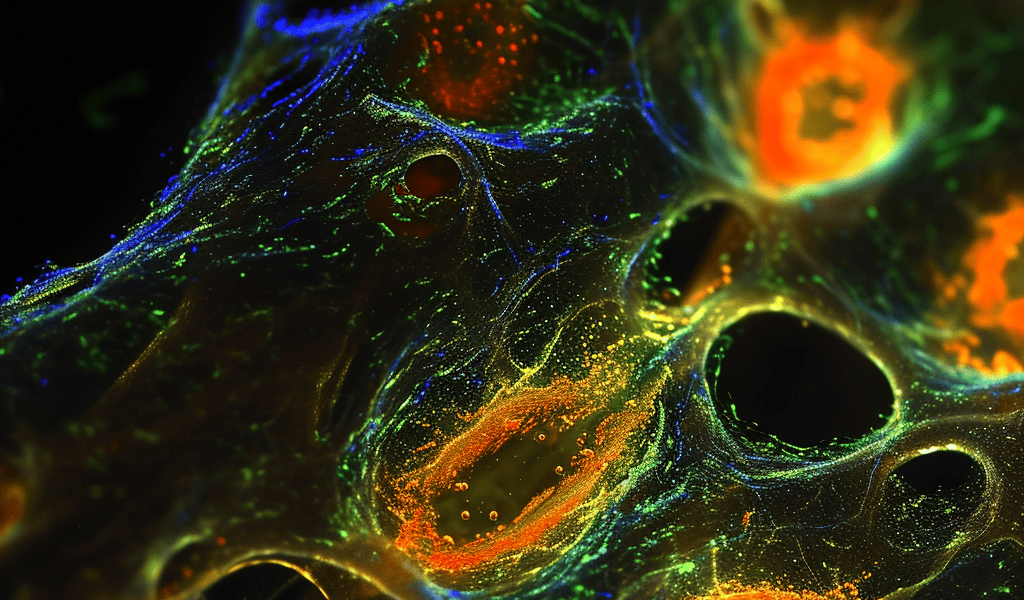MIT Scientists Develop Groundbreaking Raman2RNA Technique for Tracking Live Cell Gene Expression
The Integrated Photonics Summit is now available ON DEMAND!
CAMBRIDGE, Mass., Jan. 22, 2024 — Scientists at MIT have developed a groundbreaking technique that combines the advantages of single-cell RNA sequencing and Raman spectroscopy. This new technique, known as Raman2RNA (R2R), allows for tracking a cell’s RNA expression without causing any damage to the cell, enabling the study of long-term cellular processes such as cancer progression and embryonic development using the same cells repeatedly.
Single-cell RNA sequencing has been a powerful tool for studying cells at an extraordinary resolution and scale. However, the process of sequencing destroys the cell, making it difficult to use the technique to study ongoing changes in gene expression. On the other hand, Raman microscopy measures the vibrational energy levels of proteins and metabolites in a nondestructive manner at subcellular spatial resolution, but it is unable to interpret genetic information.
According to researcher Koseki Kobayashi-Kirschvink, “RNA sequencing gives you extremely detailed information, but it’s destructive. Raman is noninvasive, but it doesn’t tell you anything about RNA.”
To address this limitation, the MIT team trained a computational model to translate Raman signals into RNA expression states, thereby creating the Raman2RNA (R2R) technique. This innovative approach allows for the understanding of the dynamics of gene expression profiles at the single-cell level over time.
The researchers conducted their study by treating mouse fibroblast cells with factors that reprogrammed the cells, causing them to become pluripotent stem cells. Using Raman spectroscopy, the team imaged the cells at 36 time points over an 18-day period, during which the pluripotent cells differentiated. The data obtained from this study was used to train the machine learning model, enabling the translation of Raman signals into RNA expression states.
The development of Raman2RNA (R2R) marks a significant advancement in cellular research, offering a noninvasive and repeatable method for tracking changes in live cell gene expression over extended periods of time. This breakthrough technique has the potential to revolutionize the study of cellular processes and holds promise for applications in various fields, including cancer research and developmental biology.
With the ability to track cellular changes over time without causing any harm to the cells, Raman2RNA (R2R) opens up new possibilities for understanding the complexities of gene expression and cellular dynamics, paving the way for exciting advancements in the field of cellular biology.





